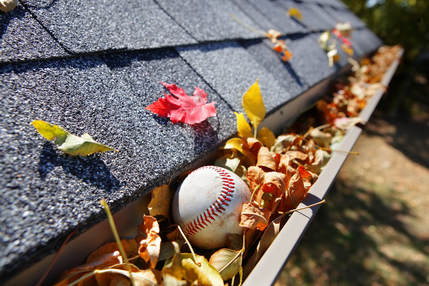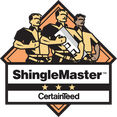|
How to Prolong the Life of Your Roof Because your roof is the first line of defense in inclement weather and represents a serious investment on the part of any homeowner, keeping it in good shape will extend the life of your roof to prevent costly replacement. Therefore, it is important for you to be aware of simple repairs and preventative measures which may help to extend the life of your roof. Even though there are other roof materials such as copper, tile, and metal, the majority of roofs have shingles. According to angieslist.com, the quality of the materials and workmanship when the existing roof was put on is the biggest factor in the lifespan of a roof. Easy maintenance and repair tasks that can diminish the aging and decay of your roof shingles
We hope this information has been informative and helpful. Joye Roofing offers a free roof inspection with an honest assessment on the condition of your roof. Check out our 5-star rating on Google My Business and Facebook. If this information has been helpful, click "like" and "share" below. What You Should Expect to See
Replacing your roof is a big commitment. It is important that you understand the re-roofing process from beginning to end. After all, your roof is your first line of defense against severe weather for your home - your biggest asset. Familiarizing yourself with the steps needed to get the job done properly will ensure a successful roof replacement with no major construction or financial surprises during this process. Before starting the re-roofing process, homeowners need to take some time and effort to evaluate the roofing contractor. Here are some tips to finding the best contractor for your roof replacement, according to allroofingsolutionsde.com.:
If you found this information helpful, click the "like" and "share" buttons below. |
AuthorDerek Joye has been roofing homes and businesses in the Midlands for over 20 years. Archives
June 2020
Categories
All
|



 RSS Feed
RSS Feed



